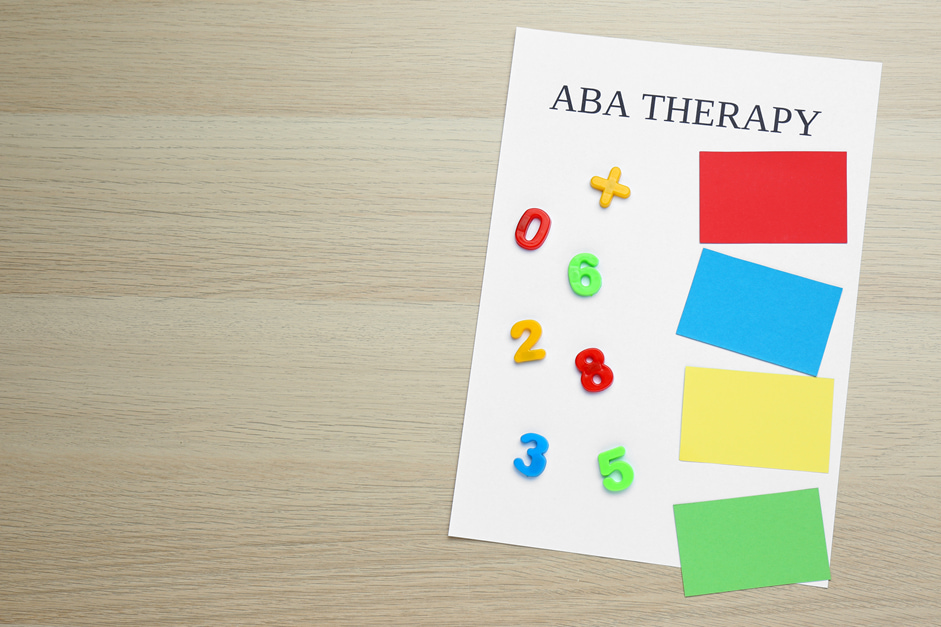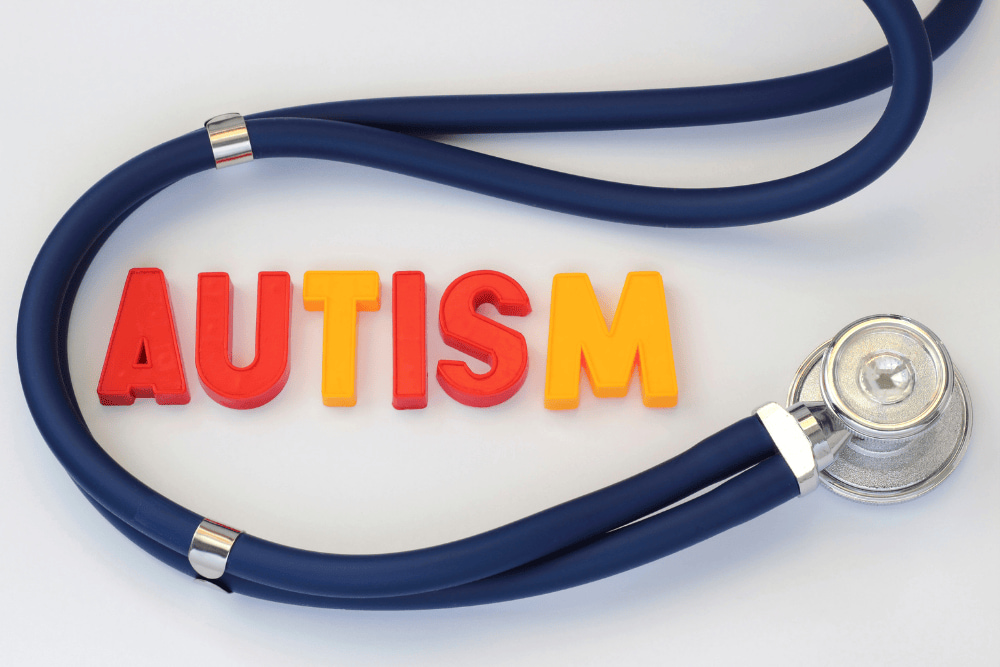Understanding Autism
Understanding autism involves recognizing its early signs and the various levels of the condition. These elements are crucial for early intervention and support, enhancing the quality of life for individuals on the spectrum.
Early Signs of Autism
Early signs of autism can be observed even in infants. Typically, signs may not show up until 24 months of age or later, but in some children, signs can be noticed within the first 12 months of life. Common early indicators include:
These signs may vary from child to child, and boys with autism often exhibit more repetitive behaviors, while girls may be more socially motivated, which can make their symptoms less noticeable.
Common Signs:
0-12 months: Limited eye contact, lack of response to name
12-24 months: Delayed speech, repetitive behaviors
Levels of Autism
Autism Spectrum Disorder (ASD) is categorized into three levels based on the Diagnostic and Statistical Manual of Mental Disorders (DSM-5) criteria, which assess the incompatibility of autistic traits with neurotypical expectations and the amount of support needed in daily life.
Level 1: Requires minimal support; struggles with social communication and may experience anxiety.
Level 2: Requires substantial support; has difficulty in social situations and may show limited verbal skills.
Level 3: Requires very substantial support; communication is minimal and interacts very little.
Individuals with Level 1 ASD may struggle with organization and planning, and they might experience social anxiety or burnout from efforts to mask their symptoms. For more insights into various autism types and their characteristics, explore our articles on autism types and forms of autism.
Understanding these early signs and levels of autism is vital in creating effective intervention strategies and support systems tailored to each individual's needs.
Diagnosis of Autism
Diagnosing autism spectrum disorder (ASD) involves a comprehensive process designed to evaluate a child's development and behavior. The goal is to identify if a child meets the criteria for autism as outlined in the Diagnostic and Statistical Manual of Mental Disorders (DSM-5) by the American Psychiatric Association.
Diagnostic Process
The diagnostic process begins with regular assessments by a child’s pediatrician during the 18- and 24-month checkups. All children should be screened for Autism Spectrum Disorder at these visits, regardless of whether any symptoms are present. If concerns arise regarding a child’s development or behavior, the pediatrician will refer the child to a specialist for further evaluation.
The evaluation may involve a team of ASD specialists, which can include:
This team aims to assess the child's cognitive level, language abilities, and daily living skills such as eating, dressing, and self-care. Specialists typically conduct a series of assessments to better understand the child's unique strengths and challenges, which can be influenced by the wide range of symptoms and severity levels found in ASD.
Evaluating Autism
Evaluating autism is a multifaceted process that not only includes the assessments mentioned above but also focuses on how the child meets various diagnostic criteria. Two main categories outlined in the DSM-5 are used to determine whether the child falls on the autism spectrum. A combination of problems must be present across these categories for an official diagnosis.
The evaluation typically includes:
Early diagnosis and intervention are critical for achieving the best possible outcomes for children diagnosed with autism spectrum disorder. The timing of the diagnosis plays a vital role, as states often provide early intervention services until the age of 3, after which educational services take over.
In summary, the stages of autism diagnosis are crucial for identifying and providing the necessary support and resources for children with ASD. For more information on the specific autism types and levels of autism, refer to our related articles.
Intervention and Treatment
A variety of interventions and treatments exist for individuals on the autism spectrum. Each option aims to address specific challenges and support development across different areas.
ABA Therapy
Applied Behavioral Analysis (ABA) is widely recognized as one of the most effective interventions for individuals with autism spectrum disorder (ASD). ABA focuses on reinforcing behaviors that promote skill development. It breaks down complex behaviors into smaller, manageable tasks to facilitate learning. Through ABA, individuals can improve their social development, daily life skills, and manage harmful behaviors like self-injury.
Some key components of ABA therapy include:
Positive Reinforcement: Positive outcomes to encourage desired behaviors
Task Analysis: Breaking down complex skills into smaller, teachable parts
Generalization: Applying learned skills in different contexts
Speech Therapy
Speech therapy is vital for individuals with ASD, as many experience challenges in social communication. Conducted by licensed speech-language pathologists, this therapy aids in improving communication skills, allowing individuals to better express their needs and wants. For nonverbal individuals, tools like gestures, sign language, and picture communication programs can enhance communication effectiveness.
Sign Language: Nonverbal communication
Picture Communication: Visual aids for expressing needs
Oral Communication Skills: Enhancing speaking abilities
Occupational Therapy
Occupational therapy (OT) addresses sensory integration and motor deficits commonly associated with ASD. OT focuses on teaching life skills that involve fine motor movements, ultimately improving the quality of life and participation in daily activities. This therapy is individualized based on comprehensive evaluations, with special attention often given to sensory integration and motor challenges faced by young children with ASD.
Pharmaceutical Treatments
While there are currently no FDA-approved medications specifically impacting the core features of ASD, some pharmaceutical treatments help alleviate behavioral symptoms such as irritability, aggression, and self-injurious behavior. These medications should only be prescribed and monitored by qualified physicians and are intended to complement behavioral interventions.
Antipsychotics: Reducing irritability and aggression
Stimulants: Managing attention difficulties
Antidepressants: Addressing anxiety and mood issues
Understanding the various interventions available is crucial for anyone navigating autism, ensuring that individuals receive tailored support for their unique needs. For more resources on specific forms of autism or recommended autism types, visit our library of guides.
Emotional Development in Autism
Emotional development plays a vital role in the early years of life. It involves recognizing, understanding, expressing, and managing emotions. This development is particularly crucial for children diagnosed with autism, as they often face unique challenges in this area.
Emotional Challenges
Children with autism often find it difficult to recognize, understand, and control their emotions. In their early developmental stages, they may display less interest in the feelings and actions of others. This can manifest as challenges in sharing emotions or expressing social attention.
By the time they reach the ages of five to seven, children with autism can usually identify basic emotions like happiness and sadness. However, understanding more subtle expressions can prove difficult. This difficulty can hinder their ability to connect with peers and engage socially, potentially impacting their development across various stages of autism.
Supporting Emotional Development
Support strategies can help children with autism improve their emotional development. Implementing intervention techniques such as ABA therapy can significantly enhance their emotional skills. ABA therapy uses positive reinforcement and modeling techniques, which help children learn to read, understand, express, and respond to both their own emotions and those of others.
Some strategies for supporting emotional development include:
These supportive measures can create an environment where children with autism feel more comfortable navigating their emotional landscapes. For more information on the various forms of autism or the different aspects of autism diagnosis, consider exploring additional resources available on these topics.
Community Integration
Community integration is an essential aspect of development for individuals on the autism spectrum. It involves fostering social skills and encouraging active participation in local activities and events.
Social Skills Development
Developing social skills is crucial for individuals with autism as it enhances their ability to interact with others effectively. Many professionals, including special education teachers and speech pathologists, implement programs aimed at improving these skills in various settings like home, school, and the community.
Conversation Techniques: Improved interaction with peers
Understanding Social Cues: Greater awareness of non-verbal communication
Sharing and Cooperation: Enhanced ability to work in groups
Engagement in Community
Active participation in the community not only supports individuals with autism but also fosters a sense of belonging. By working on social skills development, individuals can engage more fully in community activities, resulting in positive outcomes like increased happiness, friendship, and overall quality of life.
Involvement can range from participating in local events, volunteer opportunities, to joining clubs or groups that resonate with their interests. These activities provide essential opportunities to practice social skills and build networks of support.
Volunteer Work: Teaches teamwork and responsibility
Local Events: Encourages social interaction and community bonding
Clubs/Groups: Fosters friendships and shared experiences
Encouraging engagement enhances individuals' confidence in social settings, leading to richer, more fulfilling lives. A strong support system can aid individuals in navigating social challenges and ultimately assist in achieving meaningful connections within their communities.
Planning for the Future
Planning for the future is an essential aspect for individuals diagnosed with autism spectrum disorder (ASD). This process involves various considerations to ensure that they have the opportunity to lead fulfilling and independent lives. Key areas to focus on include life planning and necessary support.
Life Planning
Life planning for individuals with autism should start early and encompass various aspects that contribute to a successful future. Important components to consider include:
Children diagnosed with autism spectrum disorder are advised to carefully consider these aspects as they plan for their future. It is noted that most individuals with ASD will require some level of support throughout their lives.
Employment: Job opportunities, skills, strengths
Education: College, vocational training options
Living Arrangements: Independent living choices, group homes
Independence: Life skills training, self-sufficiency
Support Services: Job coaching, therapeutic services
Necessary Support
Support systems play a vital role in the lives of individuals with autism. Many will need to engage with various services throughout different stages of their lives. Some critical components of necessary support include:
Early Intervention: Services up to age 3, transitioning to school district support
Behavioral Treatments: Approaches addressing behavioral symptoms
Continuous Support: Family, community, and therapeutic resources
Planning for the future and ensuring necessary support is critical for individuals with autism. By thoroughly addressing these areas, families can help their loved ones navigate the stages of autism effectively and foster their long-term well-being.


.jpg)





.png)



